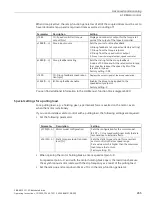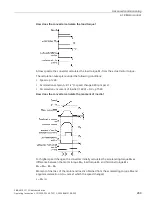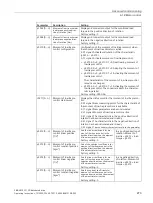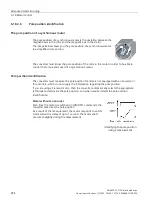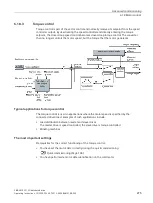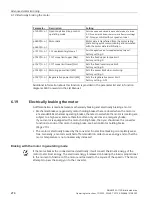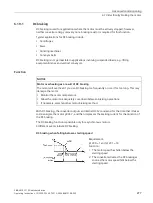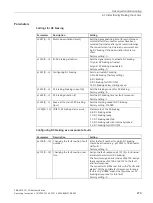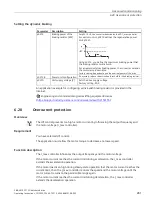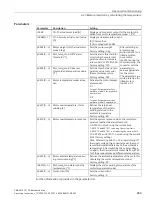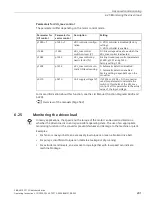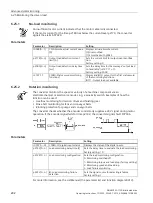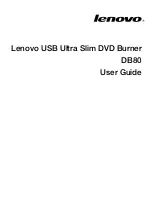
Advanced commissioning
6.19 Electrically braking the motor
SINAMICS G115D distributed drive
Operating Instructions, 12/2020, FW V4.7 SP13, A5E48681219B-002
277
6.19.1
DC braking
DC braking is used for applications where the motor must be actively stopped; however,
neither converter energy recovery nor a braking resistor is required for this function.
Typical applications for DC braking include:
•
Centrifuges
•
Saws
•
Grinding machines
•
Conveyor belts
DC braking is not permissible in applications involving suspended loads, e.g. lifting
equipment/cranes and vertical conveyors.
Function
NOTICE
Motor overheating as a result of DC braking
The motor will overheat if you use DC braking too frequently or use it for too long. This may
damage the motor.
•
Monitor the motor temperature.
•
Allow the motor to adequately cool down between braking operations.
•
If necessary, select another motor braking method.
With DC braking, the converter outputs an internal OFF2 command for the time that it takes
to de-energize the motor p0347 - and then impresses the braking current for the duration of
the DC braking.
The DC-braking function is possible only for asynchronous motors.
4 different events initiate DC braking:
DC braking when falling below a starting speed
Requirement:
p1230 = 1 and p1231 = 14
Function:
1.
The motor speed has fallen below the
starting speed.
2.
The converter activates the DC braking as
soon as the motor speed falls below the
starting speed.



